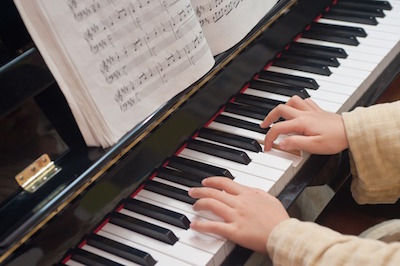When you decide to introduce piano into your child’s life, the first decision you’ll have to make is the piano. After all, having a piano in your home will provide your child the opportunity to play every day.
For many families, buying a used piano is the best way to go. And in many cases, you can get a quality used piano that will provide years of enjoyment.
But you can also find yourself with lots of problems and one, big headache. If you purchase a quality used piano, you’ll hear the results from the moment it’s placed in your home. If you don’t, you’ll notice it immediately.
When you walk up to a used piano, in some cases you can get a good feel for its quality instantly. The case may have water stains. The wood may be warped. It may be tucked away in a garage susceptible to all elements and weather conditions. Your gut tells you no, pass.
But if it looks like its high quality, all roads lead to the keys to making sure it’s in playable condition.
Are the keys level and evenly spaced?
Run your fingers up each note in quick succession. Do they all work?
Play each note rapidly twice. Does each note recover to be playable? Playing notes twice will tell you if any note has suffered from moisture in the past. If the hammer can’t drop back into place quickly to be played again, it has suffered some level of water damage.
Was the sound even with every played note? Does any key sound louder or softer than others?
Does the sound stop when the note is released?
Do you hear buzzing, clicking or squeaking when the keys are played?
With just a few minutes of testing, you’ll know how well the piano works, as well as how it sounds. If a piano sounds good to the ear, you’re more likely to play. If it’s difficult, practicing becomes a chore, meaning your child may not continue playing for the long term.
If you want a high quality used piano, make sure the piano you are purchasing plays beautifully from the beginning.

